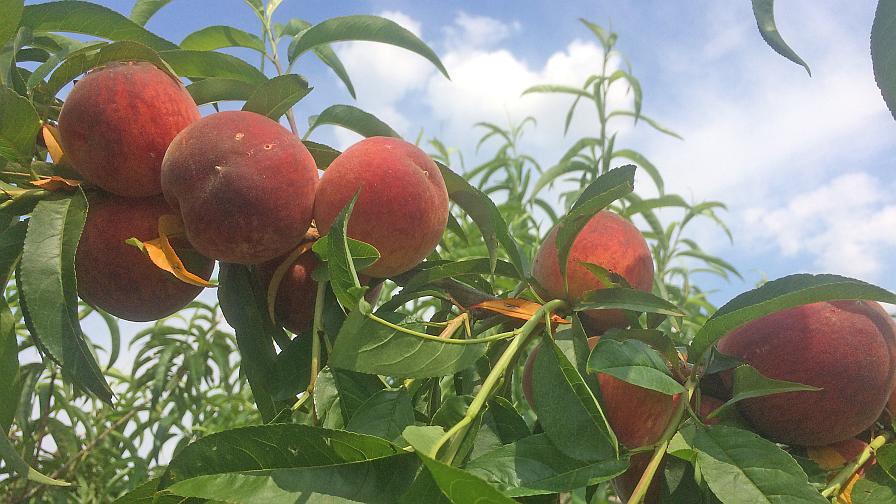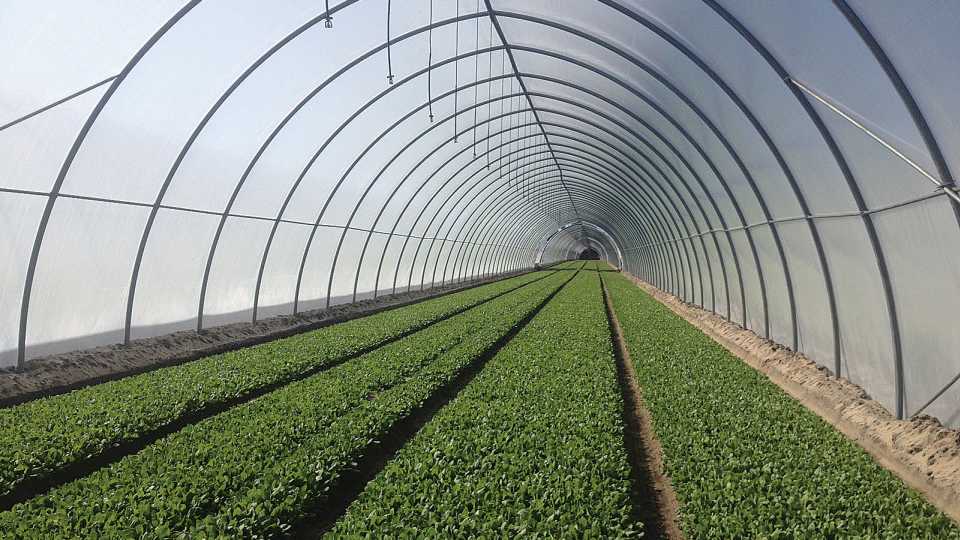2 New Peach Cultivars for Growers To Consider

‘Cardinal Joy’ is one of two new early-season peach cultivars recently released by USDA-ARS.
Photo by Chunxian Chen
Summer in the Southeast ended eventfully for the region’s peach growers, according to USDA-ARS Research Horticulturist Chunxian Chen. For starters, the USDA-ARS stone fruit program in Byron, GA, released two new early season peach cultivars, Chen reports.
‘May Joy’ requires approximately 650 chill hours and produces yellow-fleshed, clingstone fruit that typically ripen approximately a week before ‘Flavorich’ and two to three weeks before ‘Carored’ in early to mid-May in Byron. ‘May Joy’ fills an earlier season niche than currently planted cultivars.
‘Cardinal Joy’ requires about 850 chill hours and produces yellow-fleshed, semi-freestone fruit. The fruit typically ripen about a week after ‘Flavorich’ and a few days before ‘‘Carored’ in mid to late May in Byron. ‘Cardinal Joy’ is a promising higher chilling requirement alternative in the early season.
Both new cultivars are suited for trial in areas where ‘Flavorich’ and ‘Carored’ are grown, Chen says.

‘May Joy’
Photo by Chunxian Chen
‘Incredibly Heavy’ Fruit Set
In addition, Chen reports that 2024 was a special peach cropping year for breeding at the station.
First, peach fruit set was incredibly heavy on a majority of seedling, selection, and cultivar trees at the station, reaching a level that had not been seen since 2013. The heavy crop load may have resulted from both winter and spring weather this year that was extremely favorable to peaches.
As a result, thinning was inadequate naturally or manually, and evaluation data was collected from trees that were able to express a variety of deviations or habits in fruiting and vegetative growth.
The data collected this year will also facilitate continuing attention to those well-sized selections with “ideal” or commercially desired cropping load and little need for manual thinning, Chen says.
Secondly, fruit sizes varied greatly among different selections with heavy fruit set. Although heavier fruit sets often correlated with smaller fruit sizes, some selections sizing well over the past evaluation years had heavy fruit set but continued to size well in 2024, which provided valuable information on their performance in a very different production year, Chen says.
Third, he adds, vegetative growth appeared to be reduced on trees with heavy fruit set, which might negatively impact fruit set in the next year and tree health in the long run.










